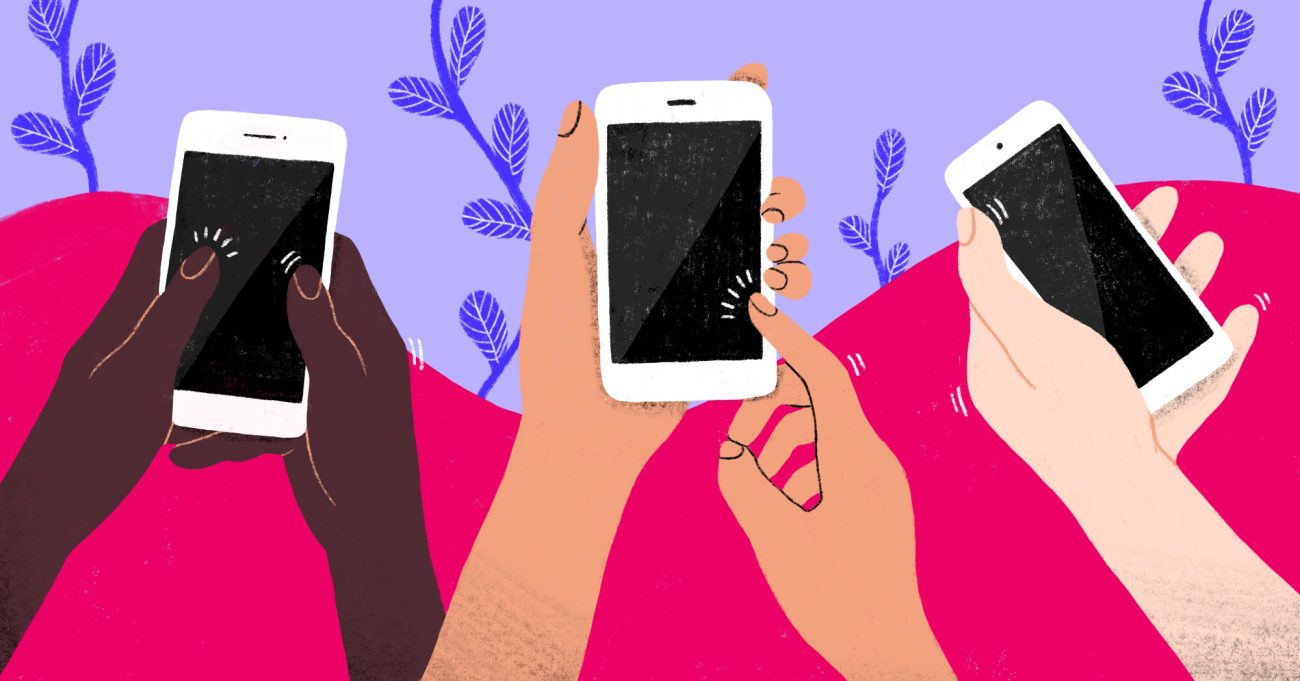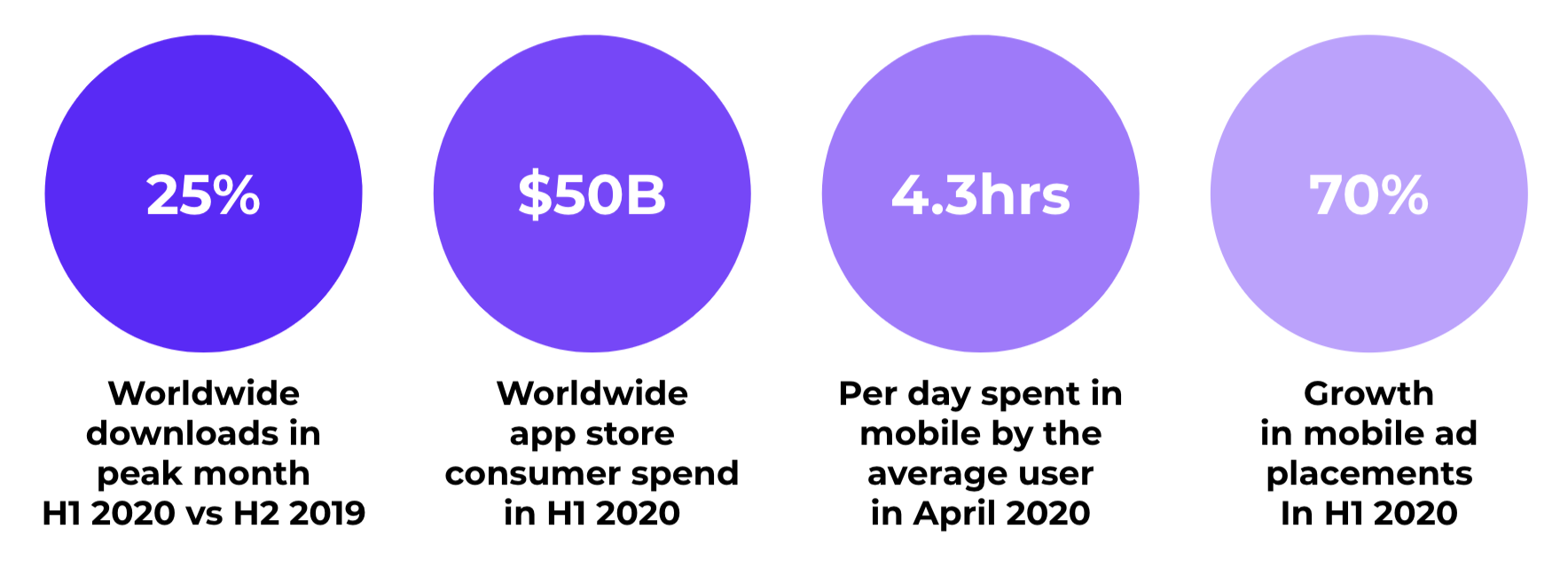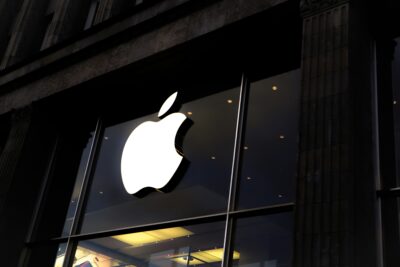
App Annie reports massive changes in consumer behavior: Mobile usage and spending skyrocket
If you want to stay in the game, we have some advice for you: Go mobile or go home.
If you want to stay in the game, we have some advice for you: Go mobile or go home.
When COVID-19 hit our society, it was bound to cause some changes in consumer behavior. What we did not expect was the (now witnessed) incredible 220% increase in the use of business apps, 25% growth in video streaming services and 70% increase in ad placements on mobile – just to start with.
In this article, we provide you with a quick overview of the key findings of App Annie’s latest report How COVID-19 has changed consumer behavior on mobile – followed by Qvik’s expert analysis on its implications for business.
Are we racing towards a mobile world? Well, yes.
App Annie’s H1 report published in August 2020 reveals an astonishing change in consumer behavior and growth in mobile due to the global pandemic. Already before the COVID-19 pandemic, we had witnessed certain mobile trends such as an increase in mobile downloads, followed by an increase in spending both time and money on mobile devices.
According to App Annie, COVID-19 advanced these trends by two to three years, speeding up the transition to a mobile world. This spurt during the first half of 2020 meant two-digit growth in app downloads, record spending in app stores, a remarkable increase in time spent on mobile and 70% growth in mobile ad placements. Just to start with.

Source: App Annie report 8/2020
So what does this growth mean?
In April 2020, the average user spent 4.3 hours on mobile compared to 3 hours and 40 minutes the year before. This is a significant change in consumer habits. Another interesting thing is that, now, it is not just “power users” (the top 10%) who spend more time on mobile, but former “non-users” have also increased their mobile use.
More people spending time on mobile means more potential customers who are now actively looking for mobile offerings.
Indeed, a growing demand for mobile is accompanied by actively searching for new services: search volumes for keywords like “yoga” and “wellness” grew by 10–12% during H1 2020. Furthermore, the report says that the increase in consumer spend indicates that consumers are not just using apps more, but also getting value from mobile services.
It is evident that consumer behavior during COVID-19 has reinforced mobile’s role as a significant revenue driver. This will have inevitable implications for businesses trying to navigate their way in the uncertain environment.
Implications for businesses
According to the report’s authors, this is “a critical time for mobile adoption in our everyday lives and companies should prioritize mobile features, updates and launches to meet consumer needs — or risk losing out to a competitor who does.”
We at Qvik agree that the importance of mobile is increasing and mobile has become the go-to device for consumers. Now is the time you should really think about the role of mobile in your company’s digital strategy and all the potential revenue streams mobile could unlock. Once consumers have adopted mobile and discovered its convenience – whether in shopping, education or having a virtual appointment with a doctor – it is only likely that mobile is here to stay and the revenue potential of mobile services is only growing.
However, mobile – with all the benefits it brings – should only be one part of your company’s digital presence, i.e. your strategy for providing seamless, integrated experiences for consumers interacting with your company. Some of the biggest brands in the world like Nike and Ikea have already mastered the seamless and modern customer experience and, this autumn, we will tell you how your company can do the same.
Stay tuned – or if you’re eager to learn more ASAP, contact us and let’s discuss it!



